My defining experience with Peruvian cuisine dates back ten years, when in just the first few days of exploring Lima, all memories were tied to the unreal flavors and textures that deflowered my palate. Cow hearts at three a.m., goat stomach before a bullfight, guinea pig on a stick, spoonful’s of fried chicken blood, and fire-hot bell peppers were all washed down with Pisco Sour(s)—a national brandy cocktail that uses egg whites and lime to cut through the bulletproof content.
Years after my return to Chicago, Peruvian food remained a favorite of mine, even though it was difficult to come by and seldom authentic enough to satisfy. Finally Tanta opened in 2013 and not only redefined my experience with Peruvian cuisine, but also exponentially enriched it in the precise hands of Chef Jesus Delgado.
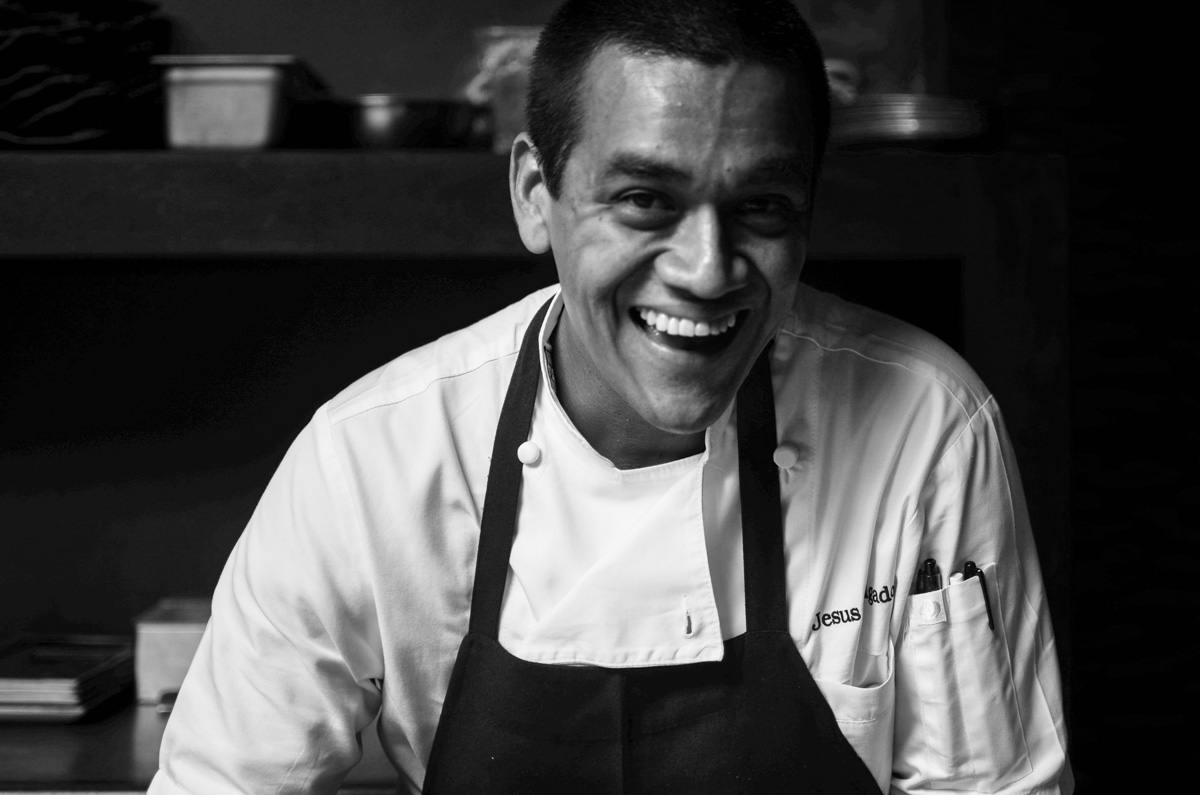
While Tanta’s unique menu originated from the cultural influence of legendary Chef Gastón Acurio, it’s Chef Jesus who brings his heritage, wisdom, and precision to each dish that leaves the tiny Chicago kitchen and spoils the palates of every patron in the frequently booked, art-lined dining hall.
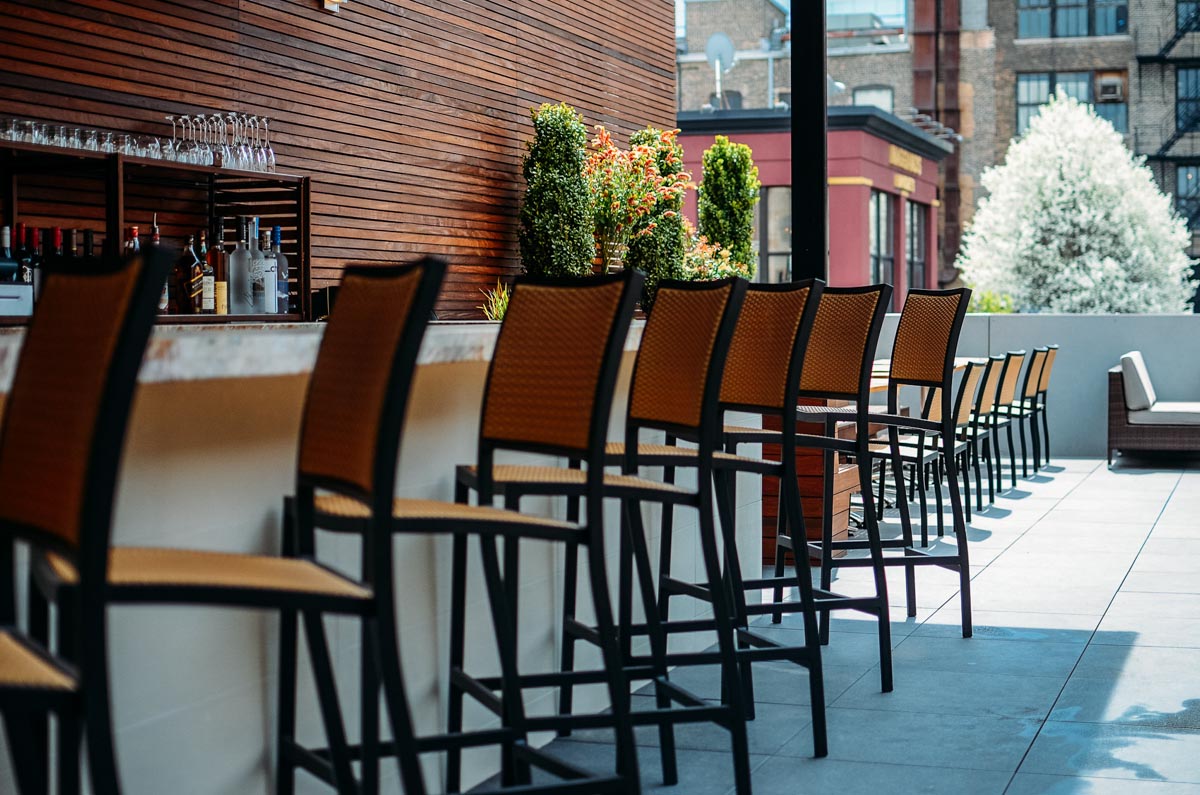
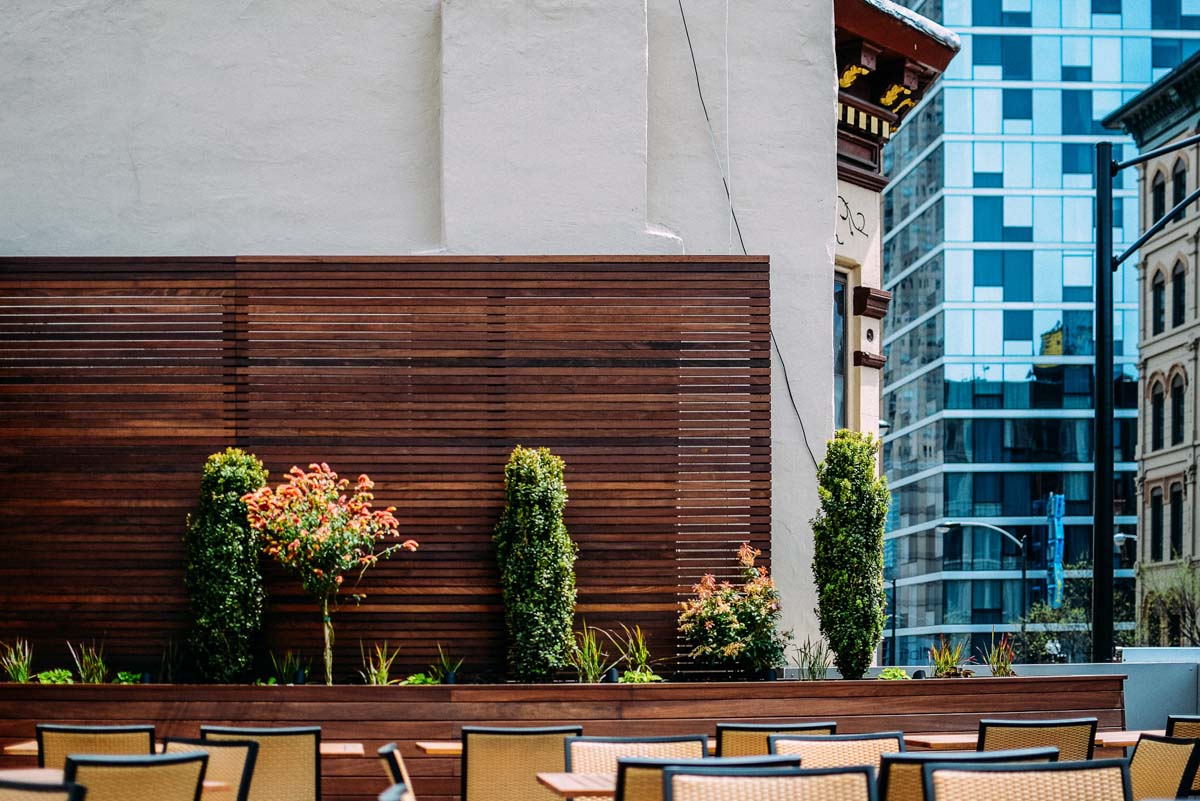

“You have to hear the catarata,” Jesus said, smiling confidently despite his broken English. As he talked, he held his favorite Miyabi knife in the same way it is depicted on his forearm tattoo; with four fingers on the rosewood handle and his index finger extended over the top of the wide stainless steel blade.
He found the translation and explained that catarata means waterfall in Spanish. The phrase represents a philosophy that he learned working at a reputable sushi restaurant in Lima, before being recruited by Gastón to open the first La Mar restaurant in Lima.
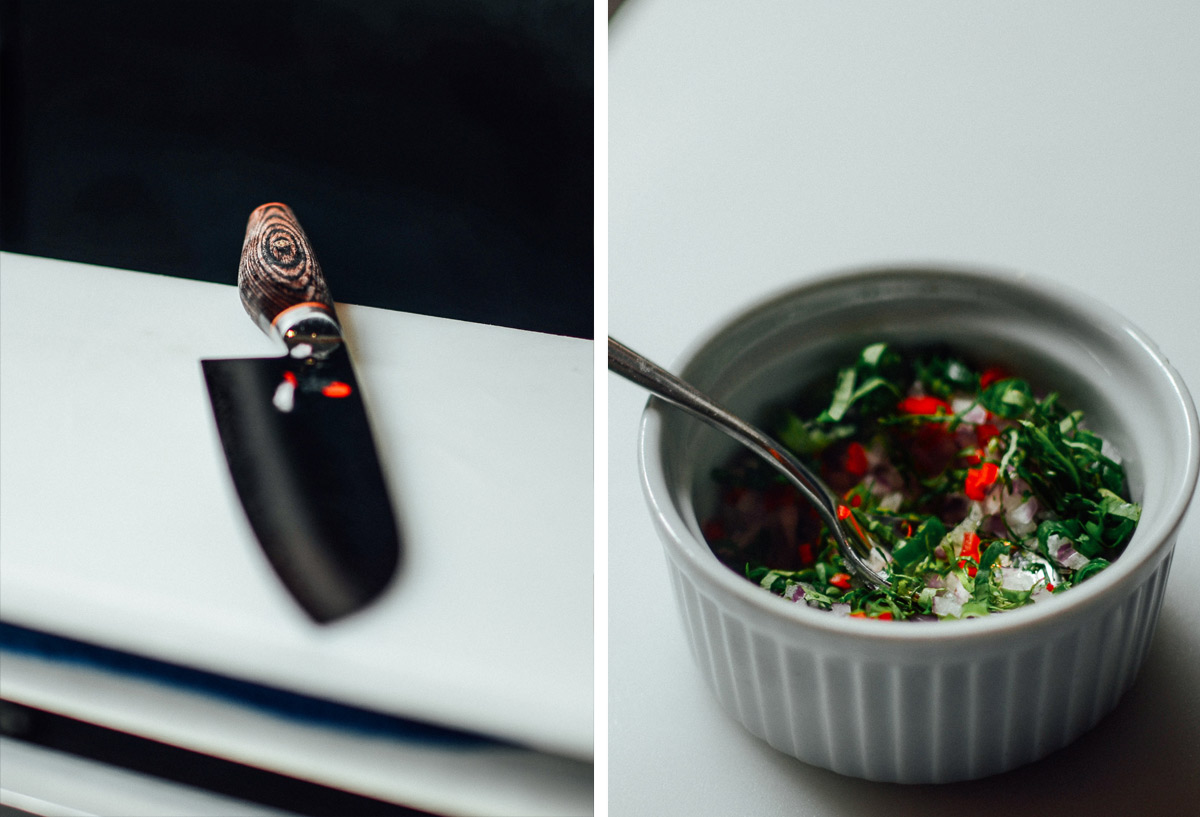
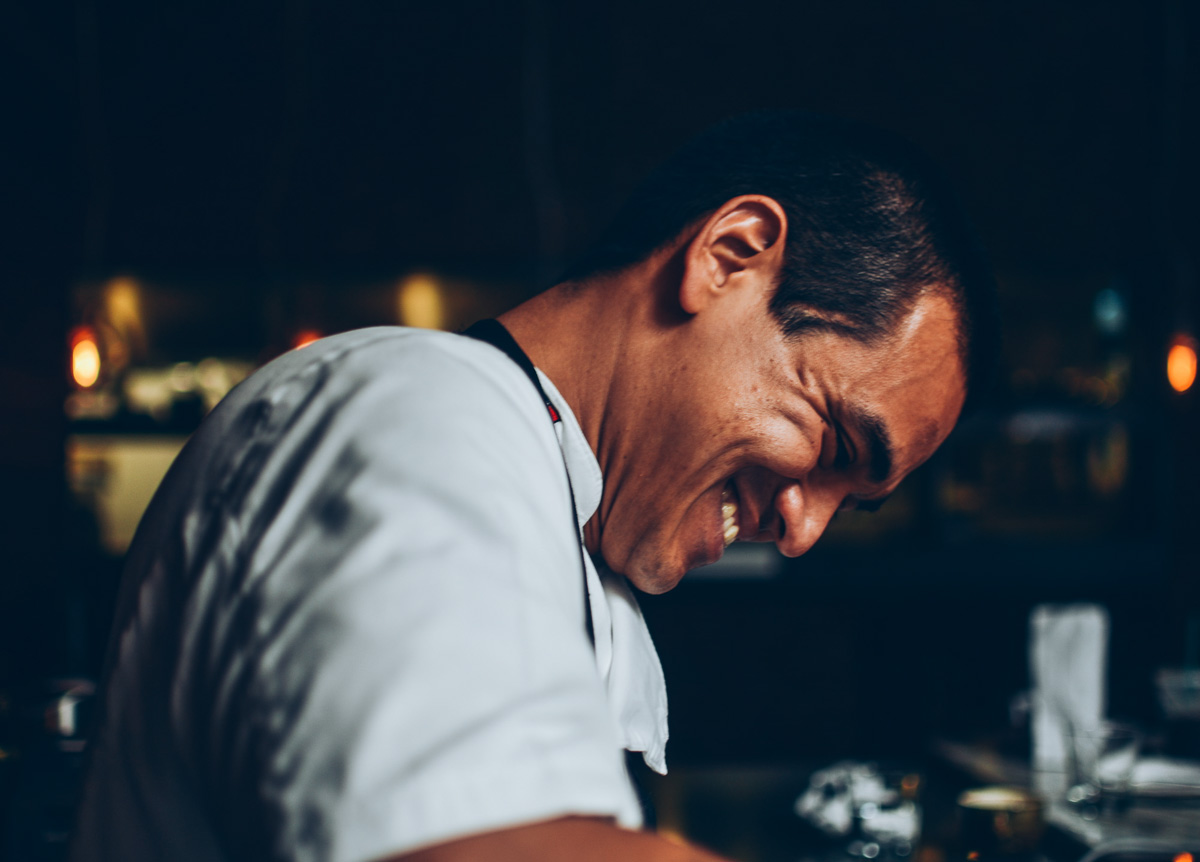

“There was a waterfall on the other side of restaurant, and if you can hear the waterfall while you chop, you find a rhythm,” Jesus recalled, as he turned a sweet onion into a pile of precise squares for a bowl of fresh ceviche. Even the ceviche—a traditional Peruvian dish—shares some of the same raw seafood aspects found in sushi. As is widely known, Japanese and Chinese culture is deeply ingrained in Peru, and in the tools, techniques, and methodology that Chef Jesus incorporates into various iterations of Tanta’s menu.
Sushi happens to be a key element of the modern menu at Tanta, a name which means “bread,” as the sense of nourishment. To understand the connection between sushi and Peruvian cuisine, I spent the afternoon observing the process behind the “Pobre” neguiri, made of skirt steak, quail egg, chalaca, and house ponzu sauce.
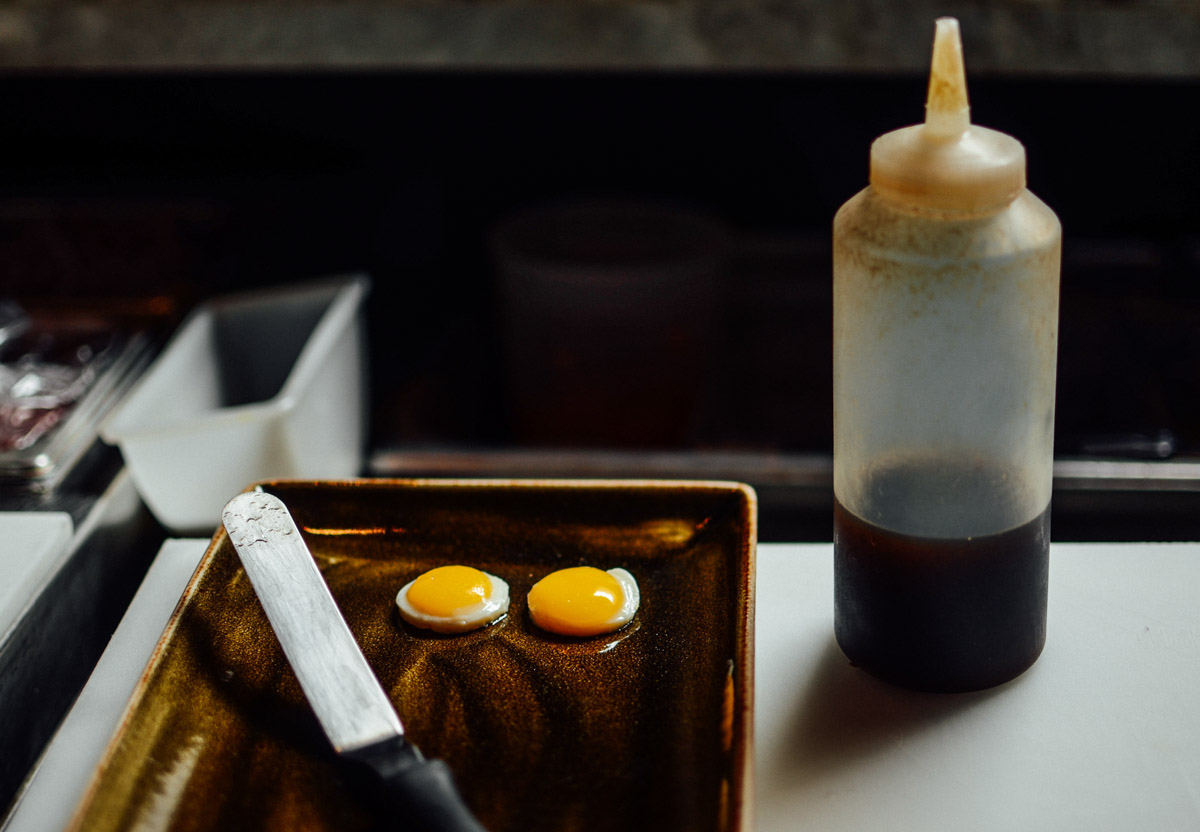
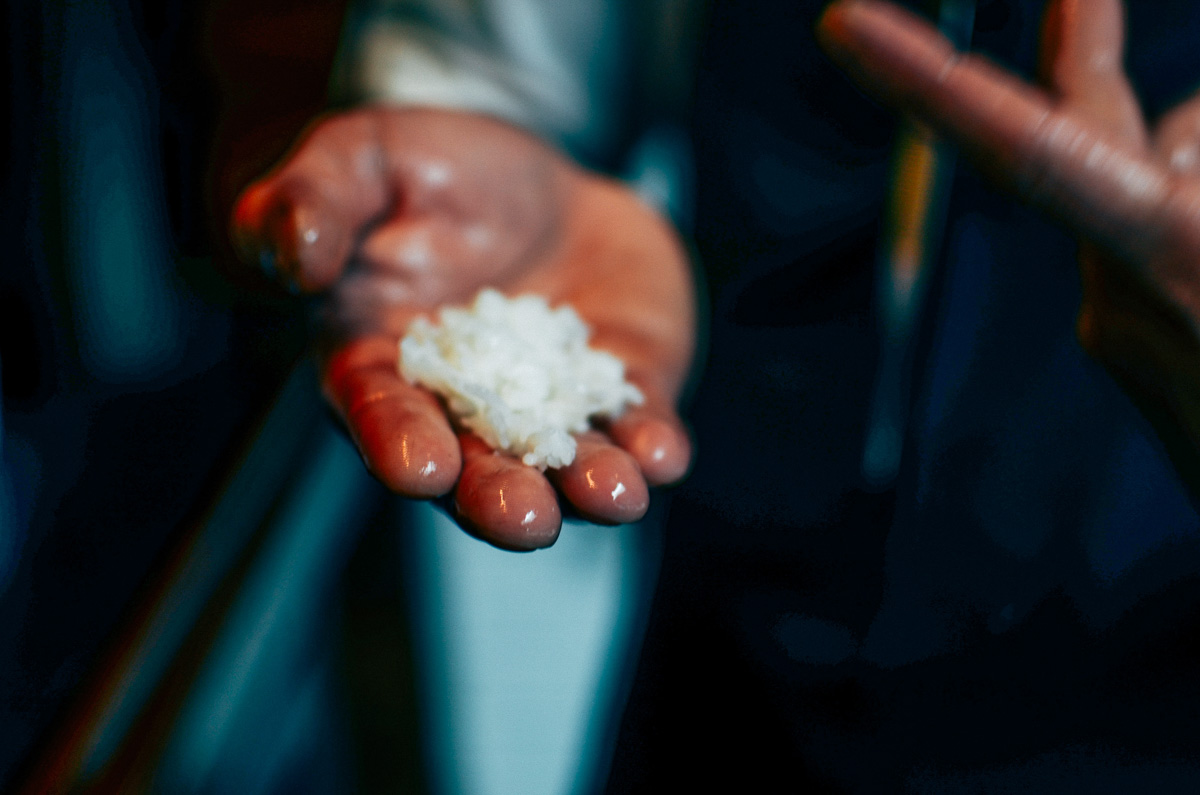
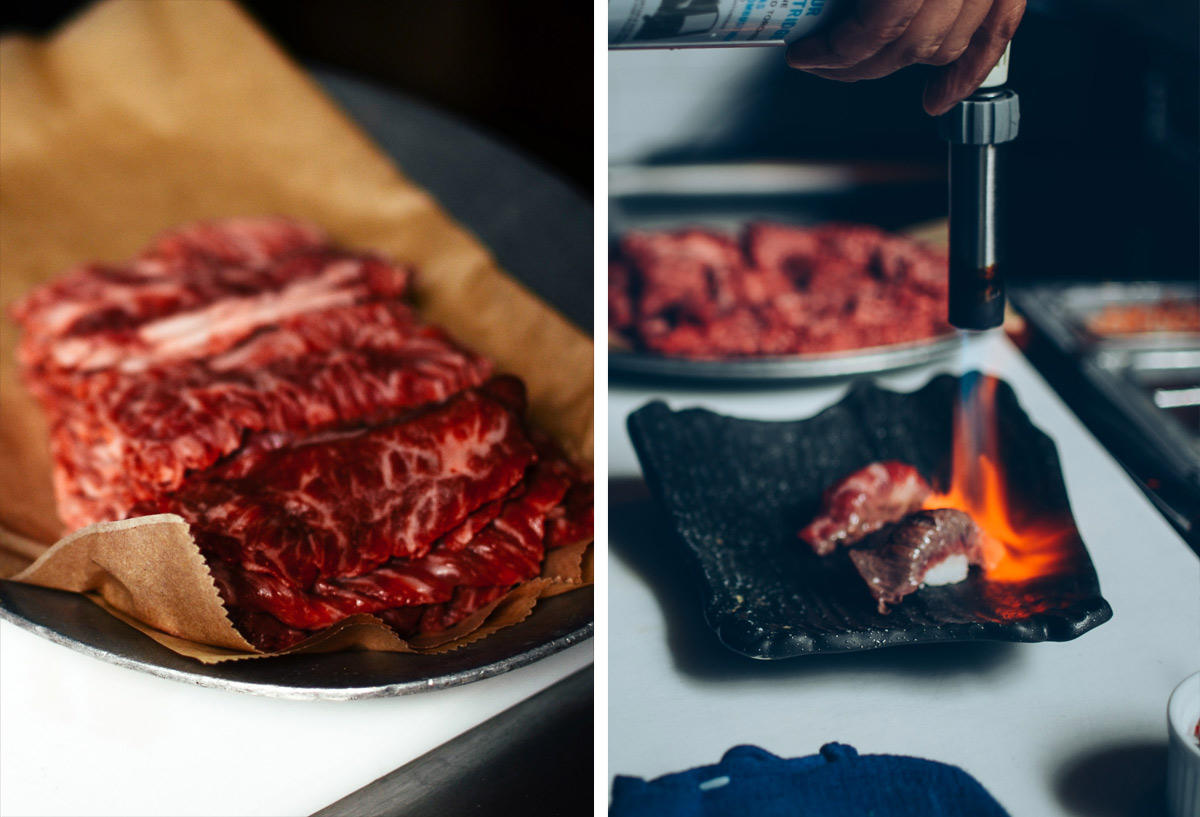
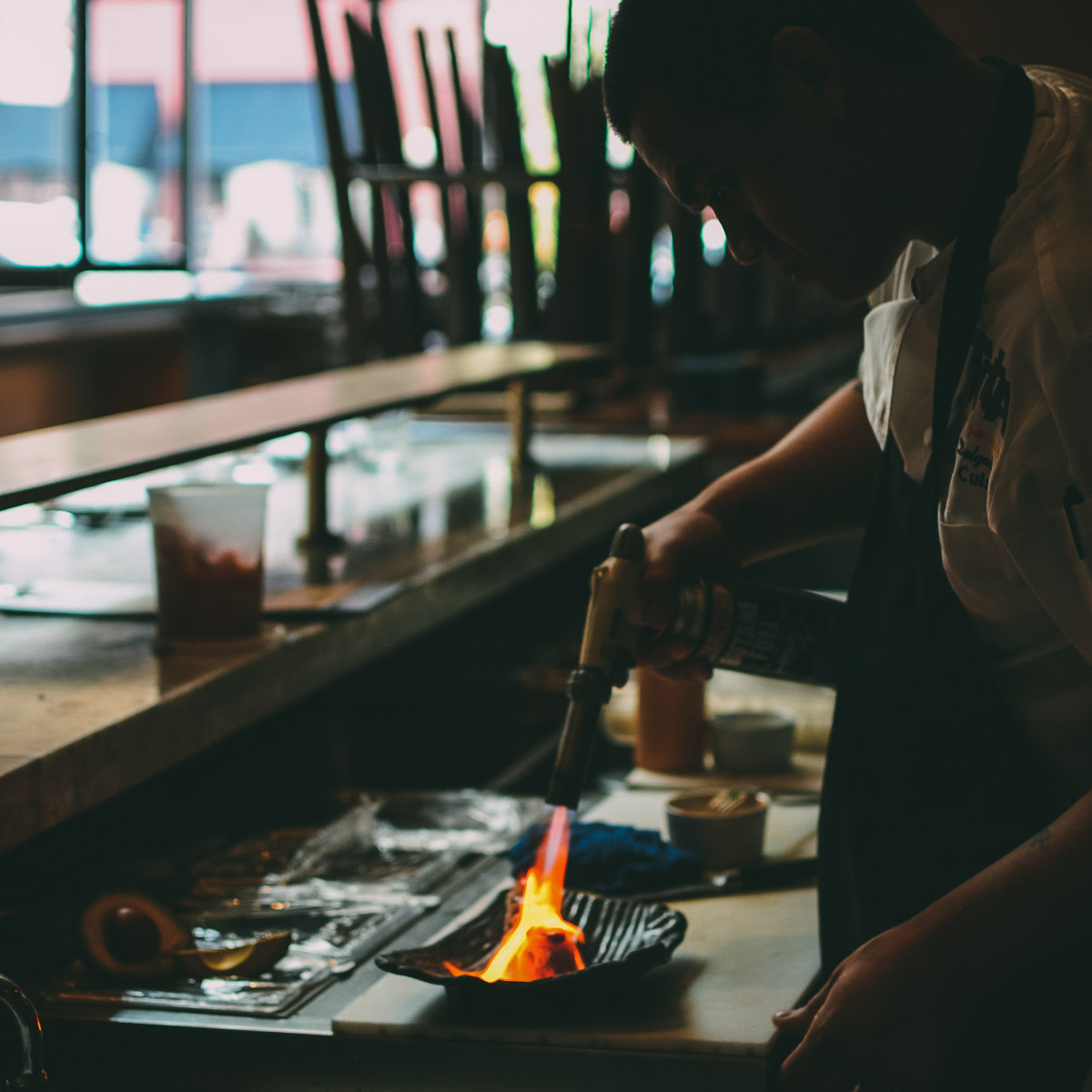
“The rice has to be moist, but never stick together because it will lock the flavor,” explained Jesus as he gently massaged a small lump of white rice, turning it over in his hand to break it apart every time it tightened in his grip. He placed the thinly sliced, raw steak over the fragile ball of rice and with a widening grin, he demonstratively torched the surface, just enough to brown the meat and extract the juices over the rice. Next, the quail egg was stacked and garnished with the ponzu. The creation looked simple, yet decadent. On the count of three, Jesus and I both took a bite.
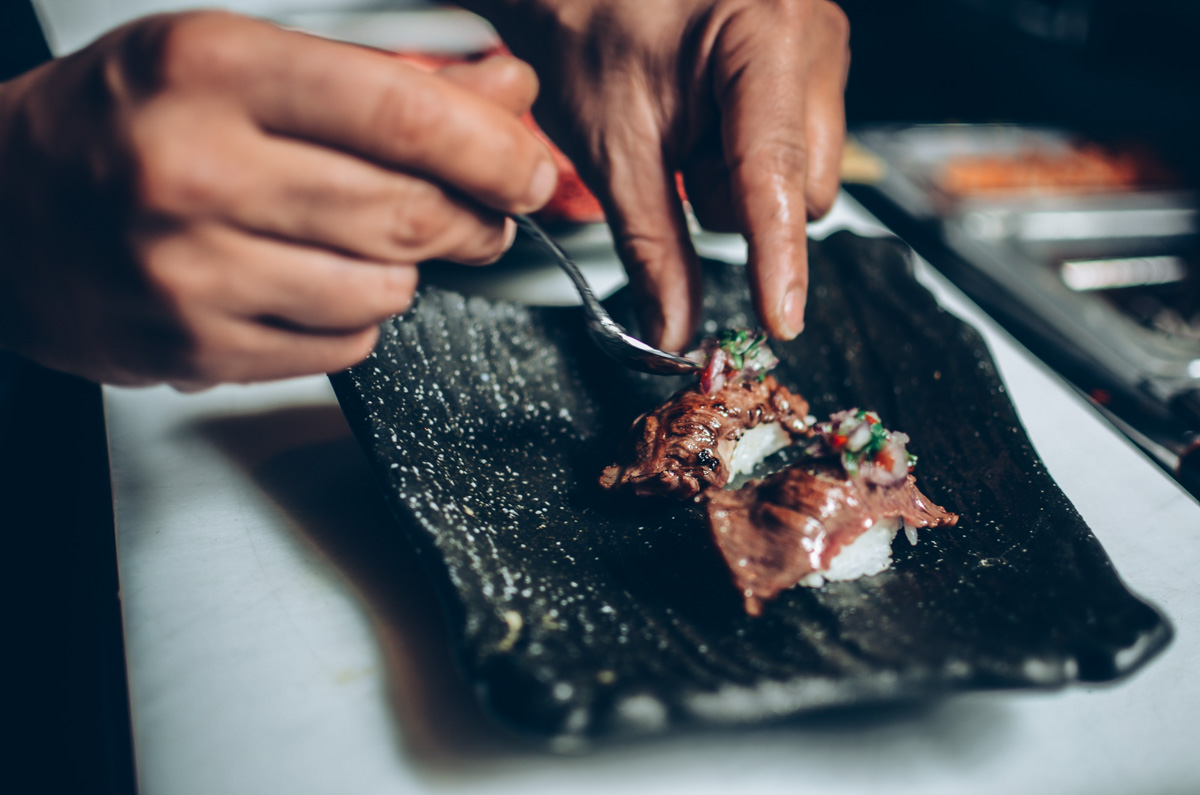
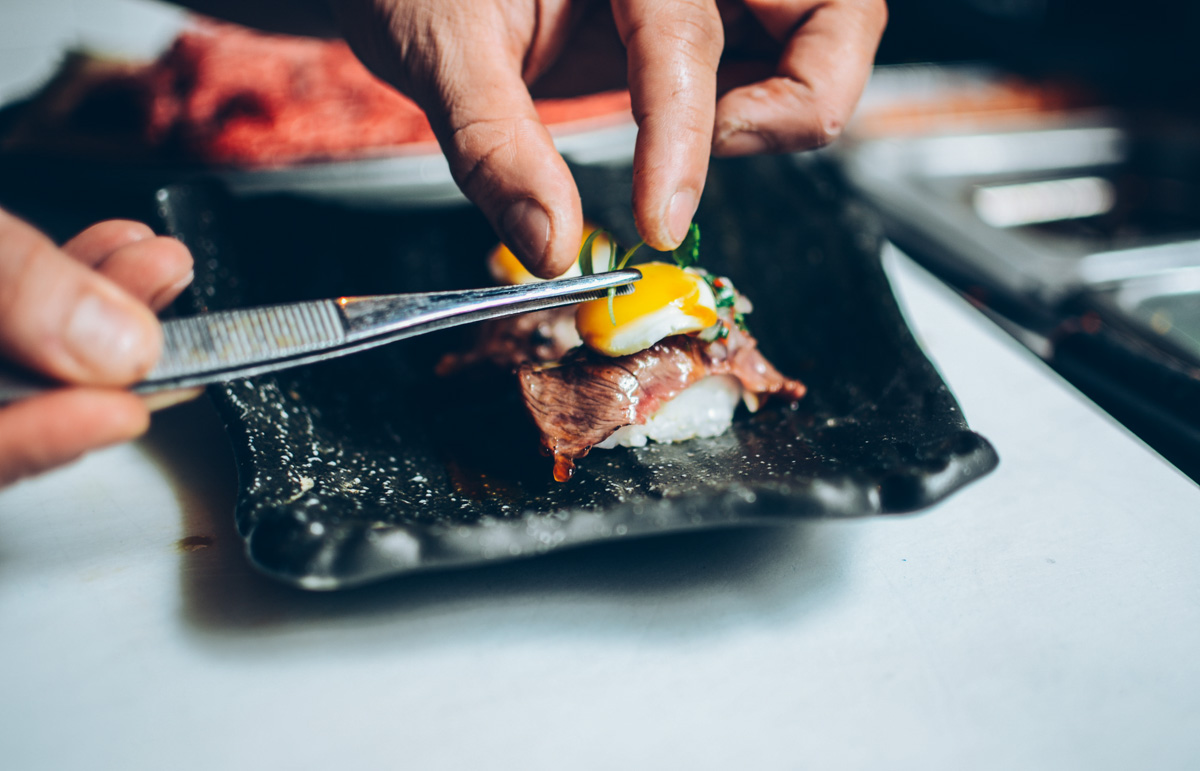
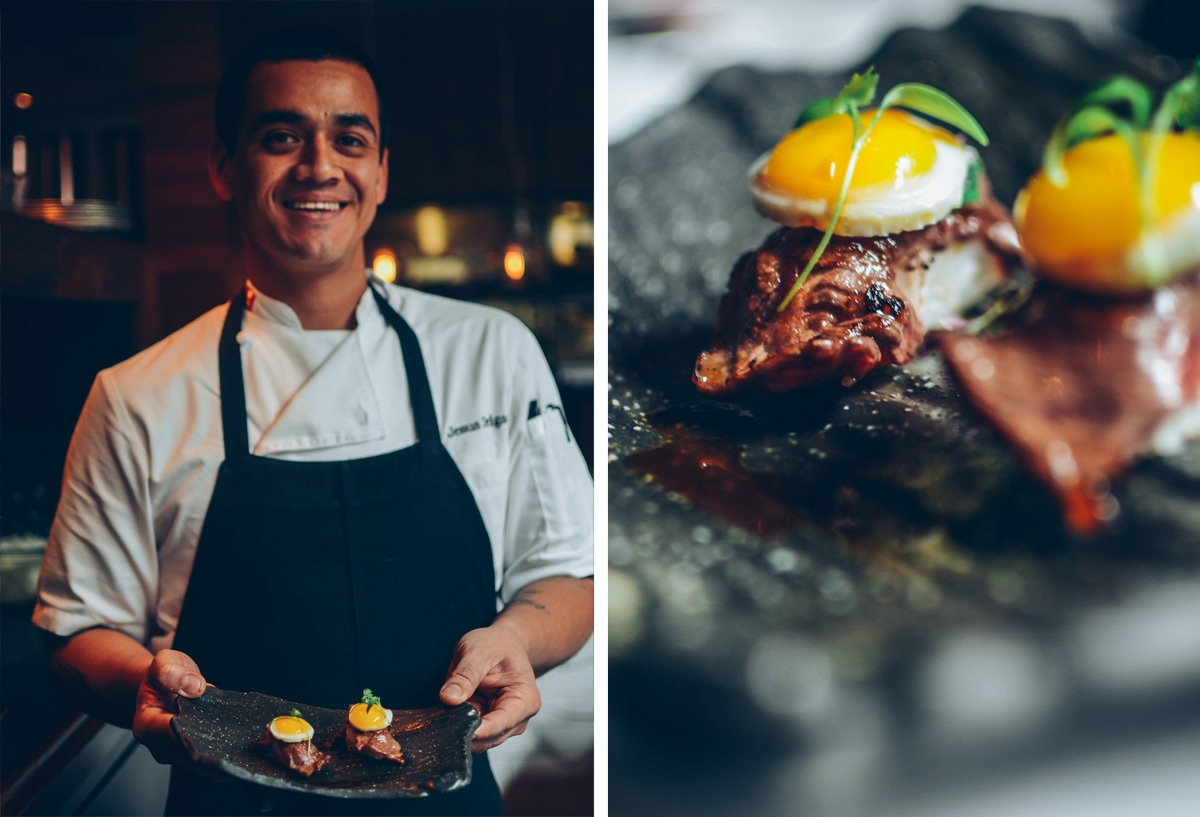
“Do you see how the taste of each ingredient is separate?” Jesus asked proudly, knowing the answer, but taking advantage of my awestruck expression. Without exaggeration, it felt like I had experienced several courses in a matter of seconds. The loose rice became saturated with the juices that spilled out of the egg, the meat, and the sauce, creating a sequential explosion of flavors.
Despite only only two hours remaining before doors opened for dinner, Chef Jesus insisted that I stay for another dish. This time, he fired up the wok for my beloved Lomo Saltado stir fry, consisting of beef, red onions, tomatoes, rustic potatoes, and cilantro.

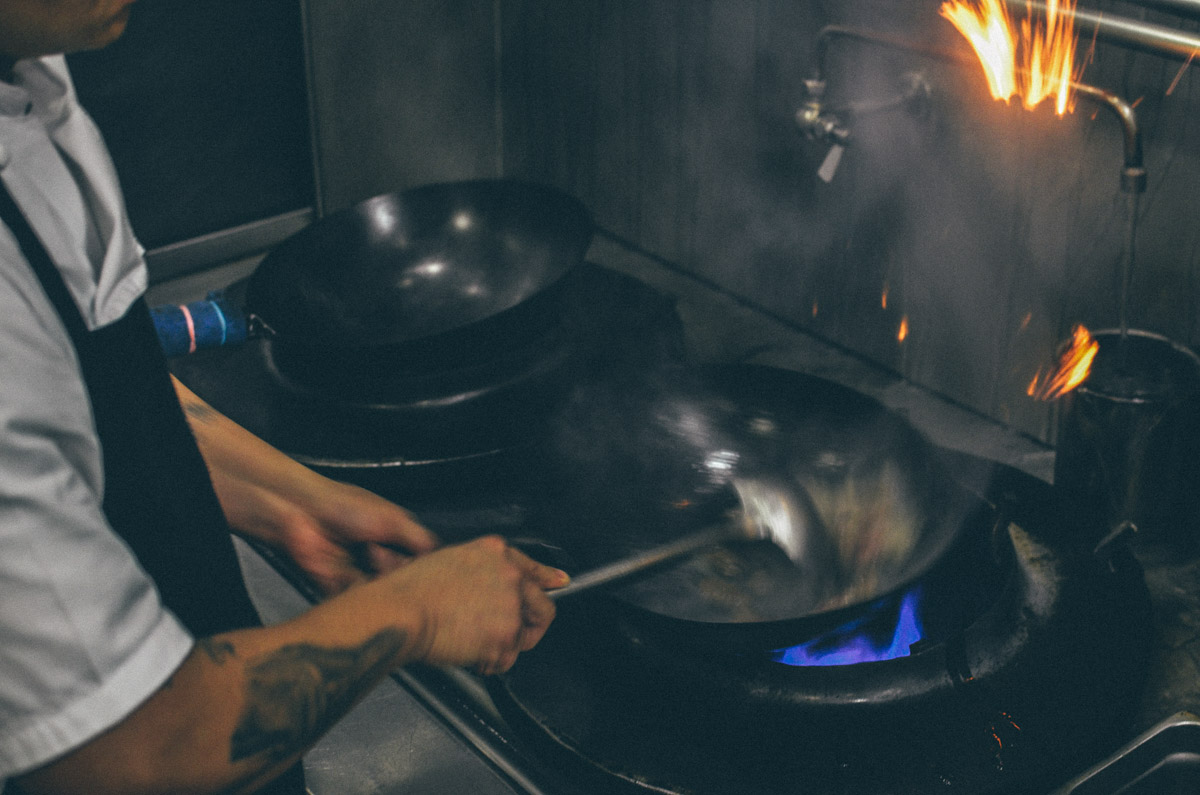
“When I was growing up in Lima, our typical dinner at home was Chinese food,” explained Jesus with a reflective pause after his sentence. His grandfather was Chinese, and along with his Uncle, gave him his first job working as a cook at the family restaurant. He continued, “Our homemade Chinese dishes were authentic, not like at the local restaurants, but my grandfather only used Peruvian ingredients.”
Much like the sushi at Tanta is derived from its obvious origins, the same goes for Lomo Saltado. It’s basically a Chinese recipe, using available Peruvian agriculture, such as beef and potatoes.
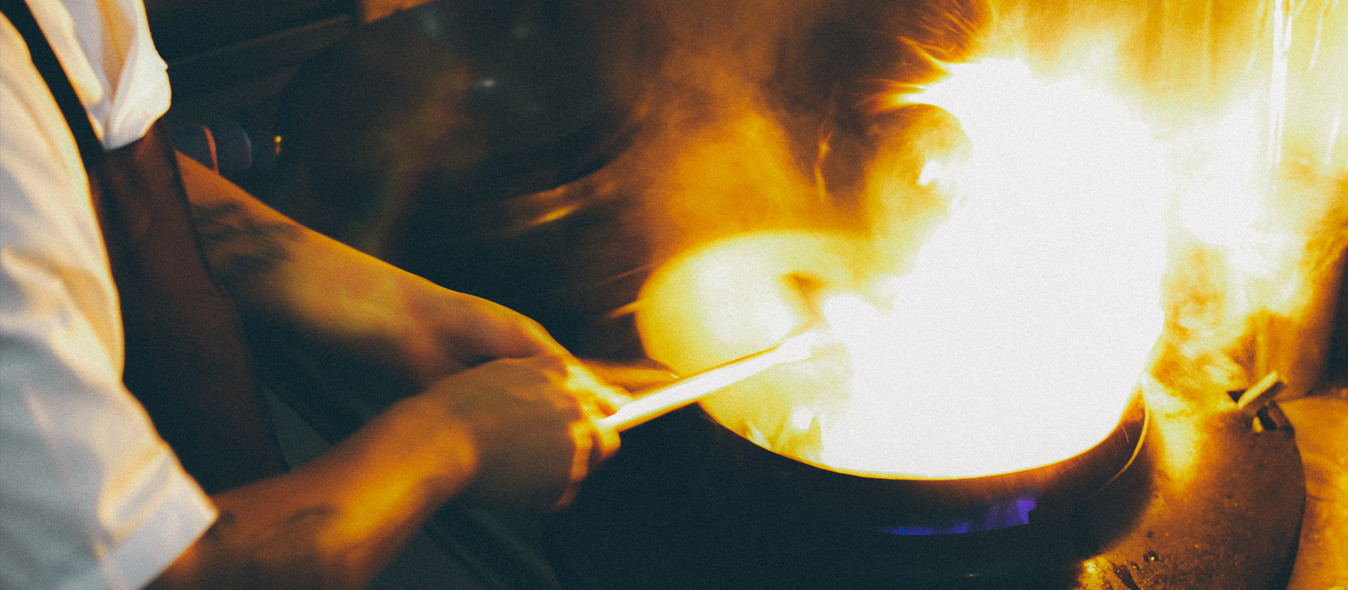
The preparation was quick: the wok reached its peak temperature before anything was added and the heat produced a similar effect to when the meat was torched on the surface of the pobre neguiri. Because the wok is rounded, the heat quickly rose to touch every part of the pan. Before I knew it, the Lomo Saltado was in front of me, and better than how I remembered it. At that moment, I realized how much I had missed Peruvian food. The only thing missing was a Pisco Sour.
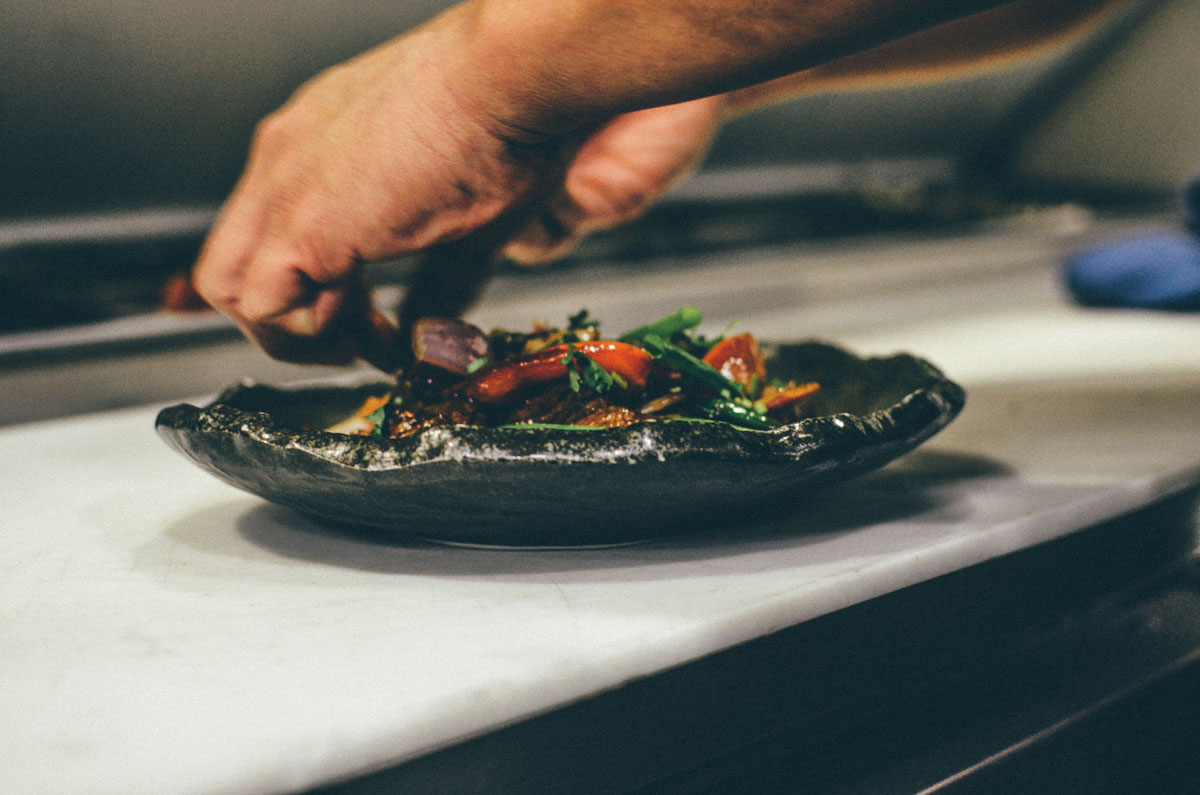
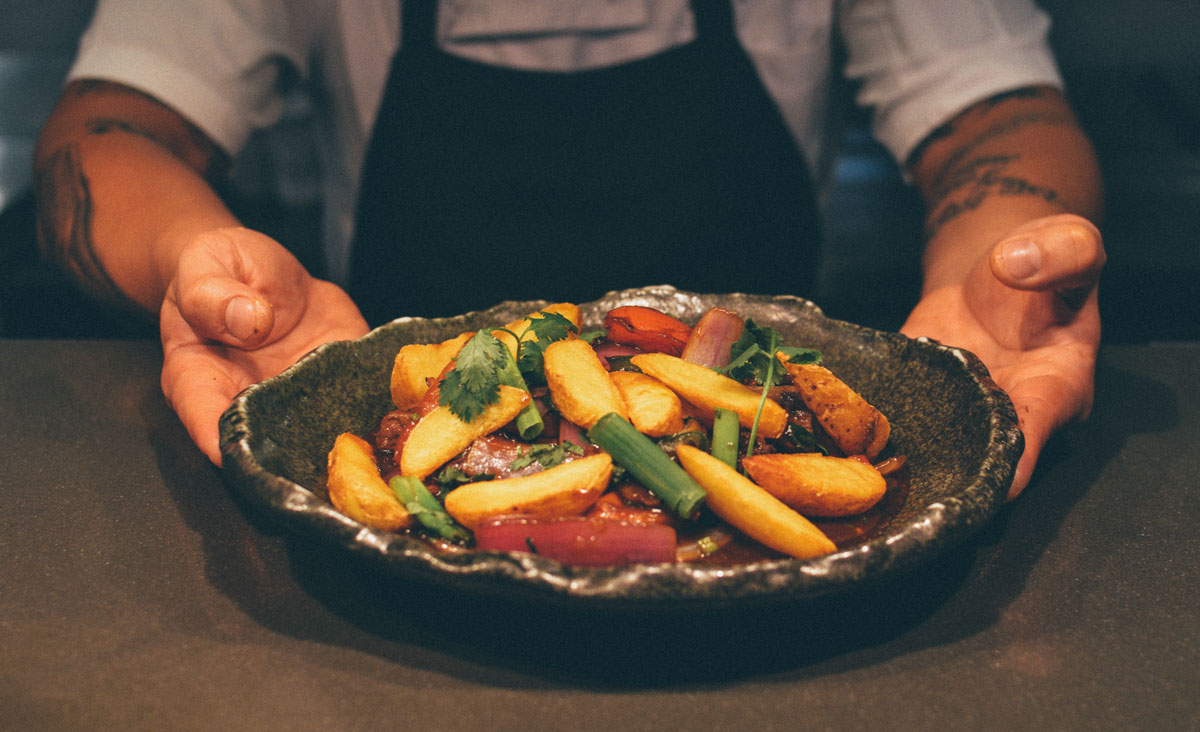
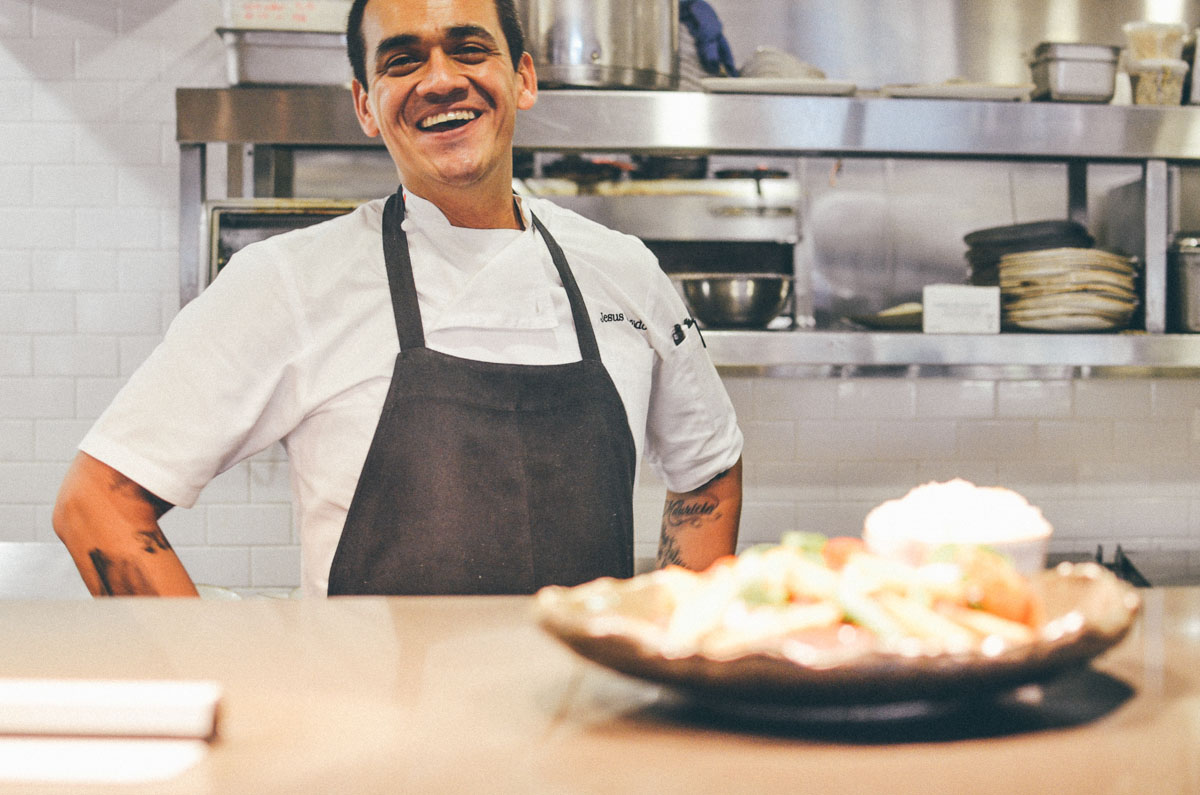
—
Tanta
118 W Grand Ave
Chicago, IL 60654





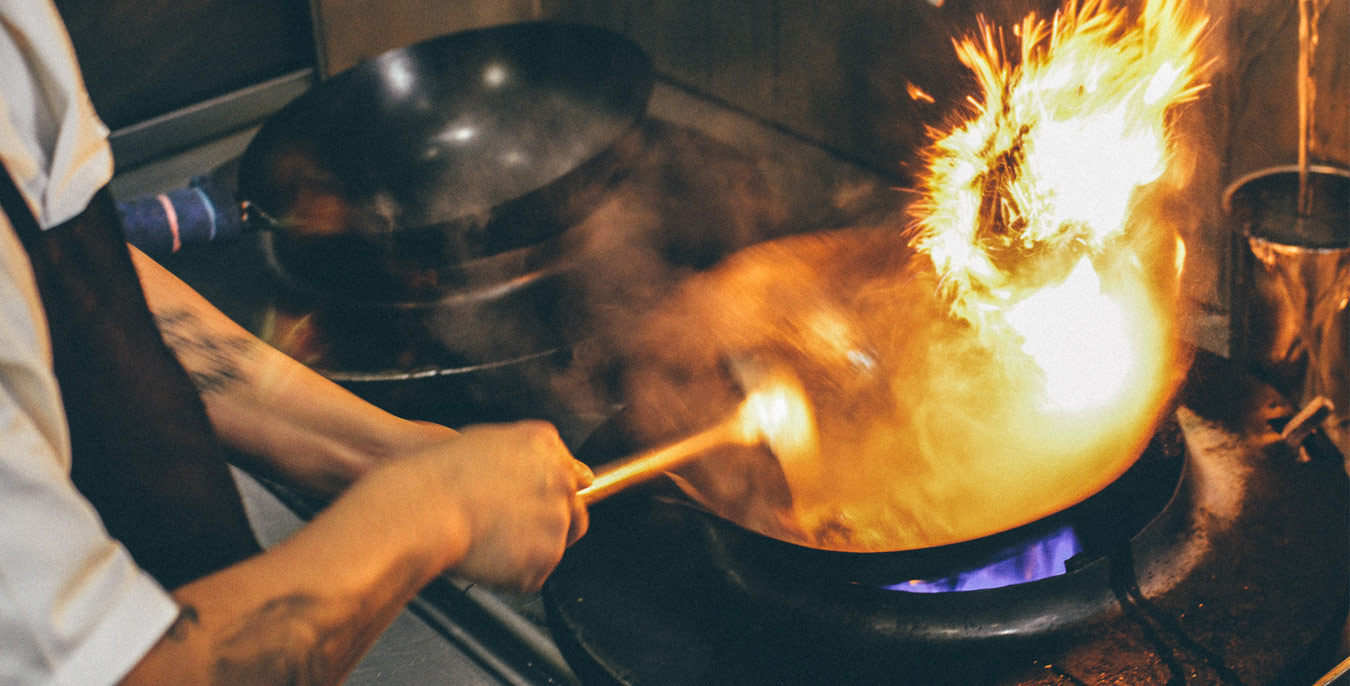

Our comments section is for members only.
Join today to gain exclusive access.